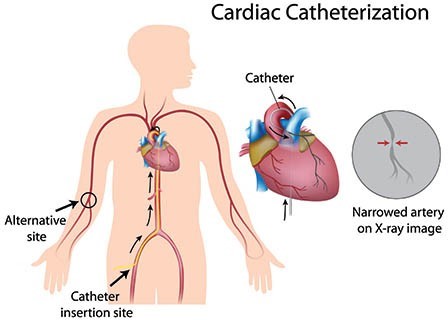A nurse is collecting data from a client who has a gastrostomy tube and is experiencing diarrhea. Which of the following factors should the nurse identify as a potential cause of the diarrhea?
The formula infusion rate of the feeding was too slow.
The formula was given immediately following removal from the refrigerator.
The feeding tube was partially obstructed during the infusion.
The client is experiencing delayed gastric emptying.
The Correct Answer is D
Delayed gastric emptying can cause diarrhea in a client with a gastrostomy tube.
The other options are not likely causes of diarrhea.
a) A slow formula infusion rate (option would not cause diarrhea.
b) Giving formula immediately following removal from the refrigerator (option b) may cause discomfort but not diarrhea.
c) A partially obstructed feeding tube (option c) would slow down the infusion rate and would not cause diarrhea.
Nursing Test Bank
Naxlex Comprehensive Predictor Exams
Related Questions
Correct Answer is B
Explanation
Answer: B. You can take a shower 1 day after your procedure.
Rationale:
A. You can resume a regular diet 3 days after your procedure:
There is typically no need to delay resuming a regular diet for three days after a cardiac catheterization. Most clients can resume their usual diet shortly after the procedure once they are fully awake and any nausea has resolved.
B. You can take a shower 1 day after your procedure:
It is generally safe to shower the day after a cardiac catheterization as long as the insertion site remains protected. Clients should avoid soaking in a bath or swimming until the site is fully healed to prevent infection.
C. You can begin exercising 2 days after your procedure:
Strenuous activities, including exercise, should generally be avoided for a few days to a week following a cardiac catheterization. This allows time for the insertion site to heal and reduces the risk of complications such as bleeding.
D. You can return to school 1 week after your procedure:
Most clients can return to school or normal activities within a few days, provided they feel well and avoid excessive physical exertion. A full week off is typically not necessary unless specified by the healthcare provider based on the individual’s recovery.

Correct Answer is A
Explanation
A client statement that indicates an understanding of discharge teaching for type 1 diabetes mellitus is "I will dispose of insulin needles in a puncture-proof container." This is the correct way to dispose of insulin needles to prevent accidental needle sticks.
The other options are not correct.
b) Opened insulin vials do not need to be stored in the refrigerator, but should be kept at room temperature.
c) Insulin vials should not be shakenas this can cause the insulin to break down.
d) Regular insulin should appear clear, not cloudy.
Whether you are a student looking to ace your exams or a practicing nurse seeking to enhance your expertise , our nursing education contents will empower you with the confidence and competence to make a difference in the lives of patients and become a respected leader in the healthcare field.
Visit Naxlex, invest in your future and unlock endless possibilities with our unparalleled nursing education contents today
Report Wrong Answer on the Current Question
Do you disagree with the answer? If yes, what is your expected answer? Explain.
Kindly be descriptive with the issue you are facing.
